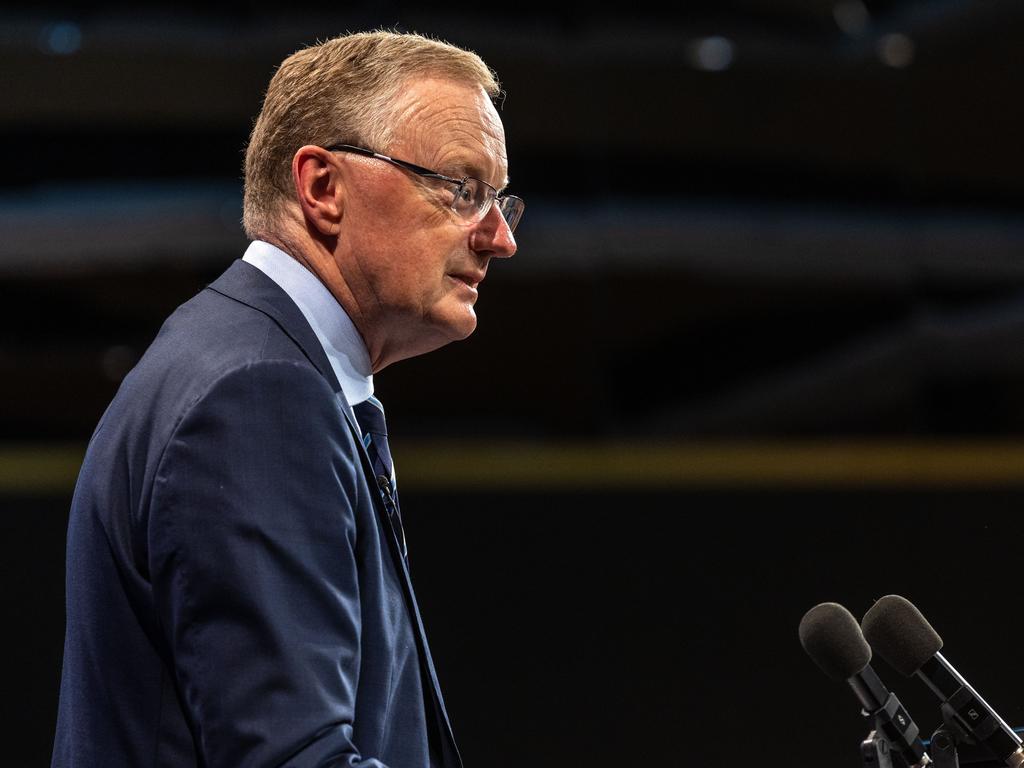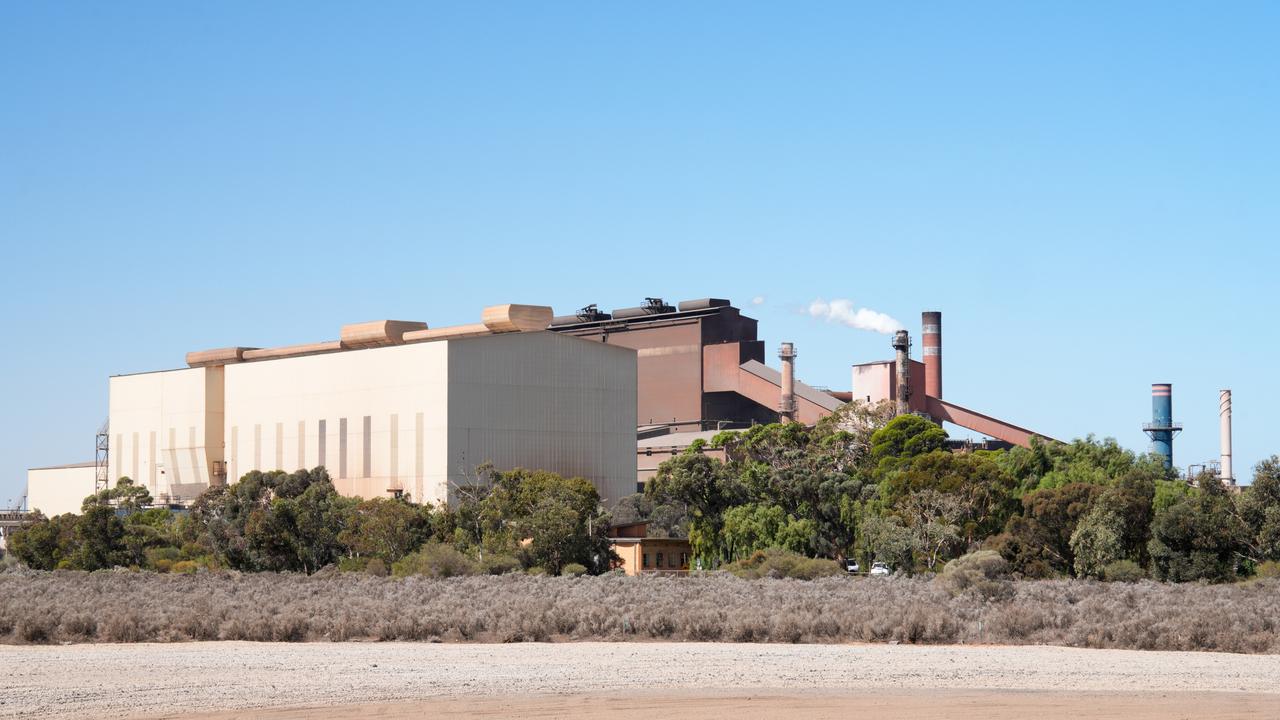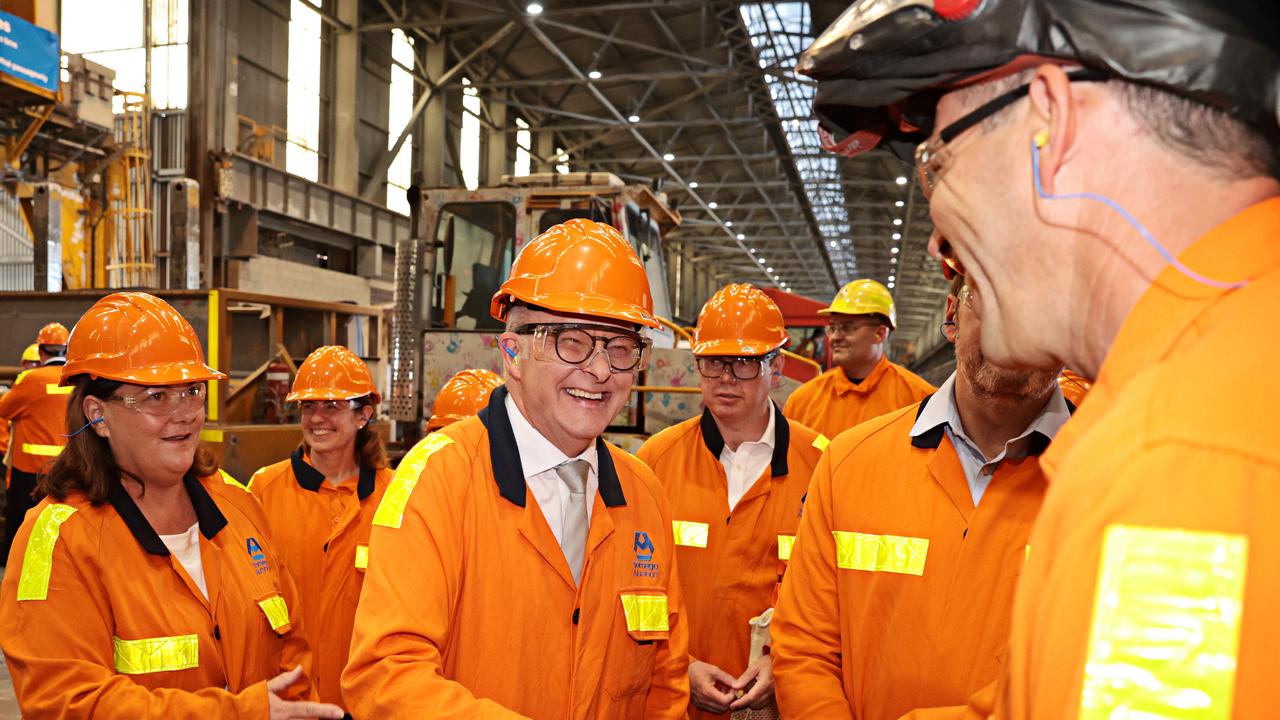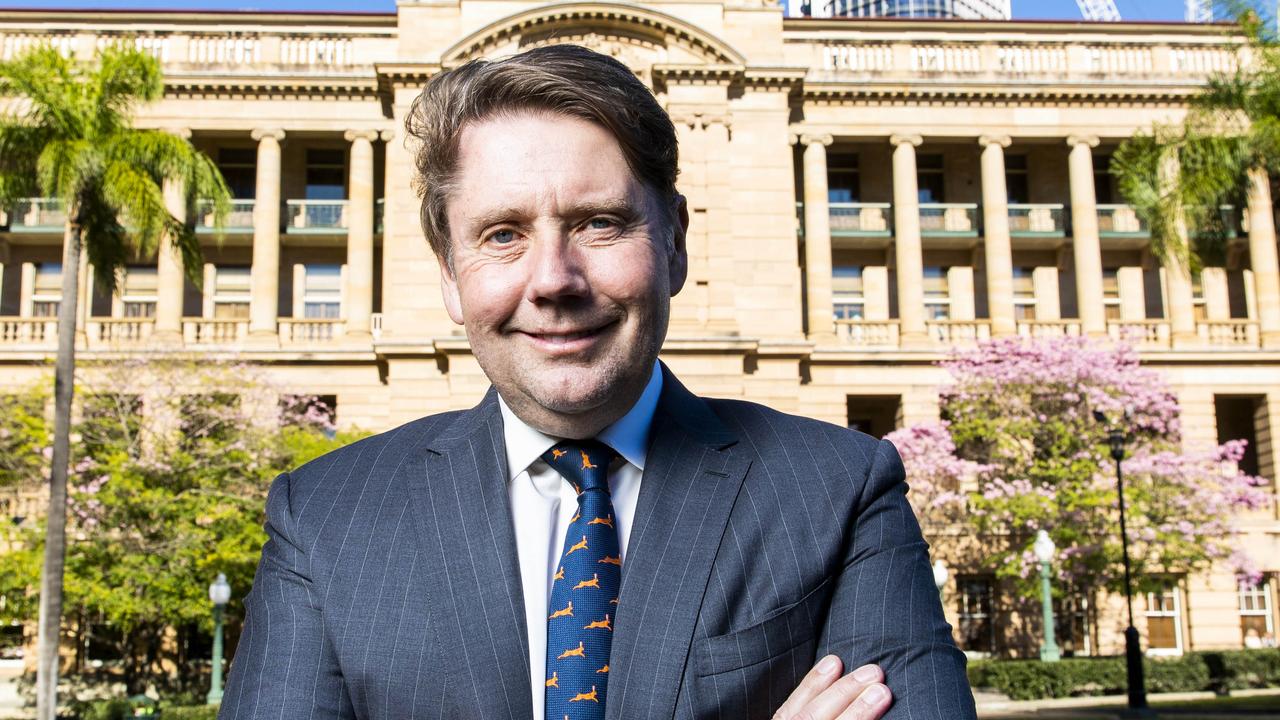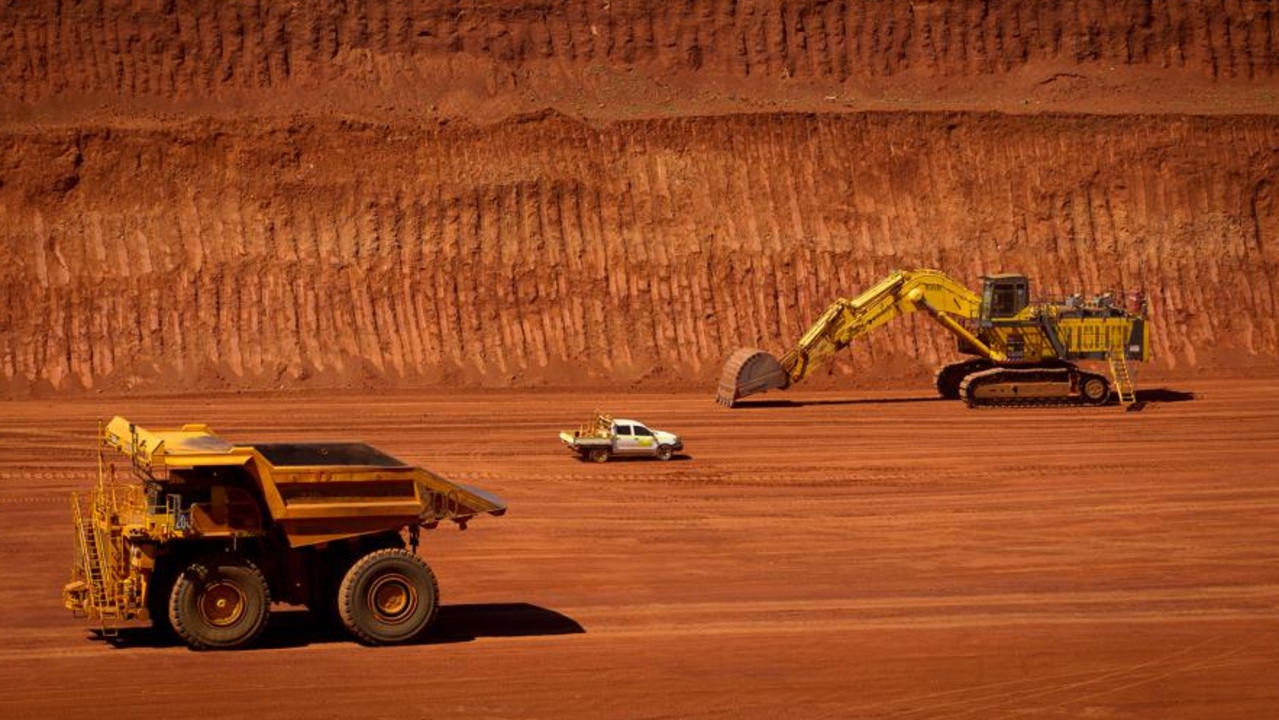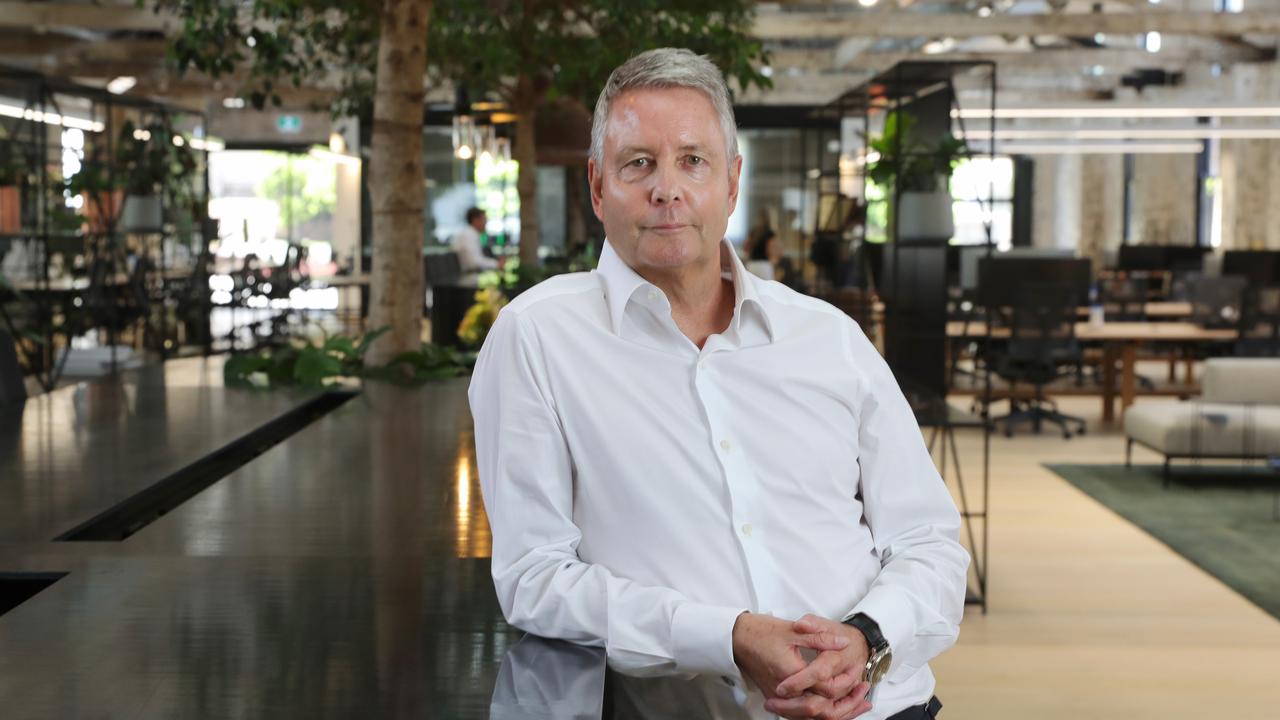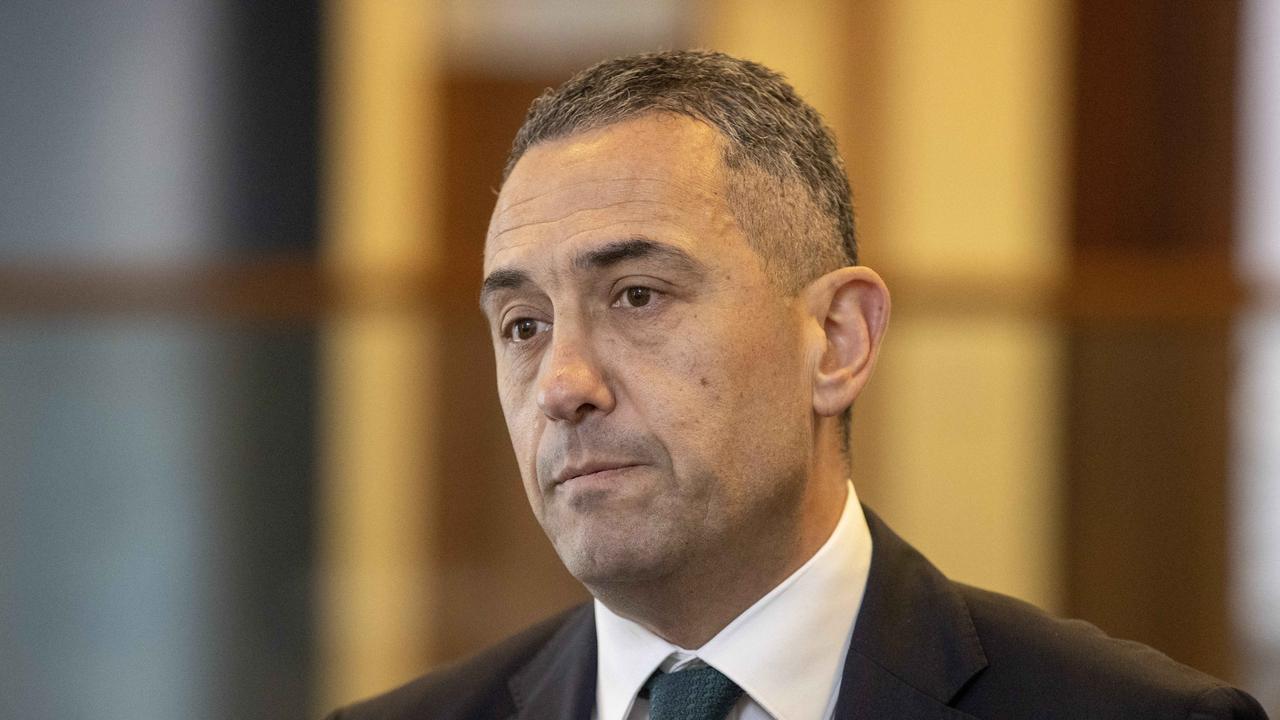Caution on shares amid interest rates uncertainty
Stop-start interest rate policy would be the ‘least favourable outcome’ for the Australian sharemarket, Morgan Stanley equity strategists say.
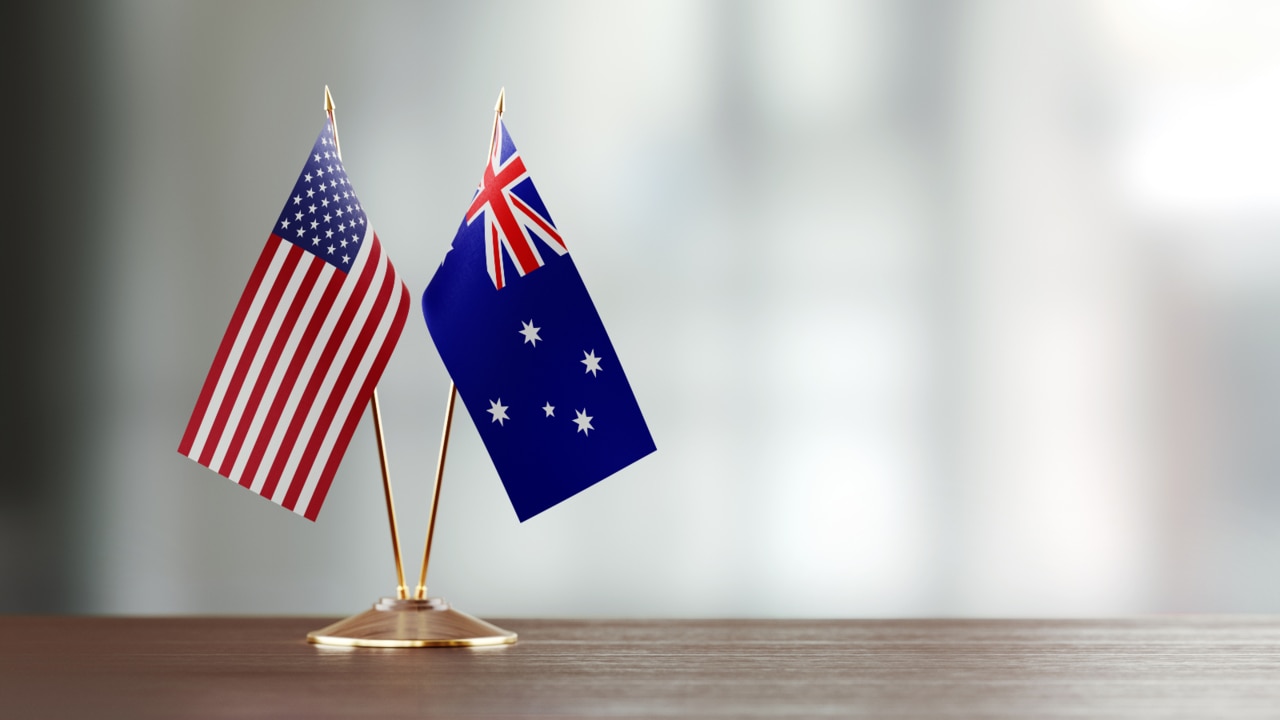
Business
Don't miss out on the headlines from Business. Followed categories will be added to My News.
Stop-start interest rate policy would be the least favourable outcome for the Australian sharemarket, Morgan Stanley equity strategists wrote before the Reserve Bank paused in April.
But that’s exactly what the market got this week. In an unexpected move, the RBA restarted its most aggressive monetary policy tightening cycle in decades after just a one-month pause.
Of course that was soon eclipsed by the renewed flare up in the crisis that’s already claimed several large US regional banks plus Credit Suisse in the past two months. The crisis will need to be carefully addressed by Fed chair Jerome Powell in his press conference following the Fed’s interest rate decision at 4am AEST on Thursday. The ECB meets on Thursday night, and US employment data is due on Friday.
The SPDR S&P regional bank index dived 6.3 per cent to a 30-month low on Tuesday, with several regional banks falling more than 20 per cent, barely a day after JP Morgan won a government auction to buy First Republic Bank and Jamie Dimon said the crisis was “over”.
A 1.2 per cent fall in the S&P 500 reinforced the potential for a major double top pattern.
Australia’s S&P/ASX 200 lost 1 per cent and looks to be forming a major head and shoulders top.
The RBA is rightly determined to lower inflation to its 2-3 per cent target bank in a “reasonable timeframe”, but is it hiking right into the teeth of another global systemic storm, as it did in 2008?
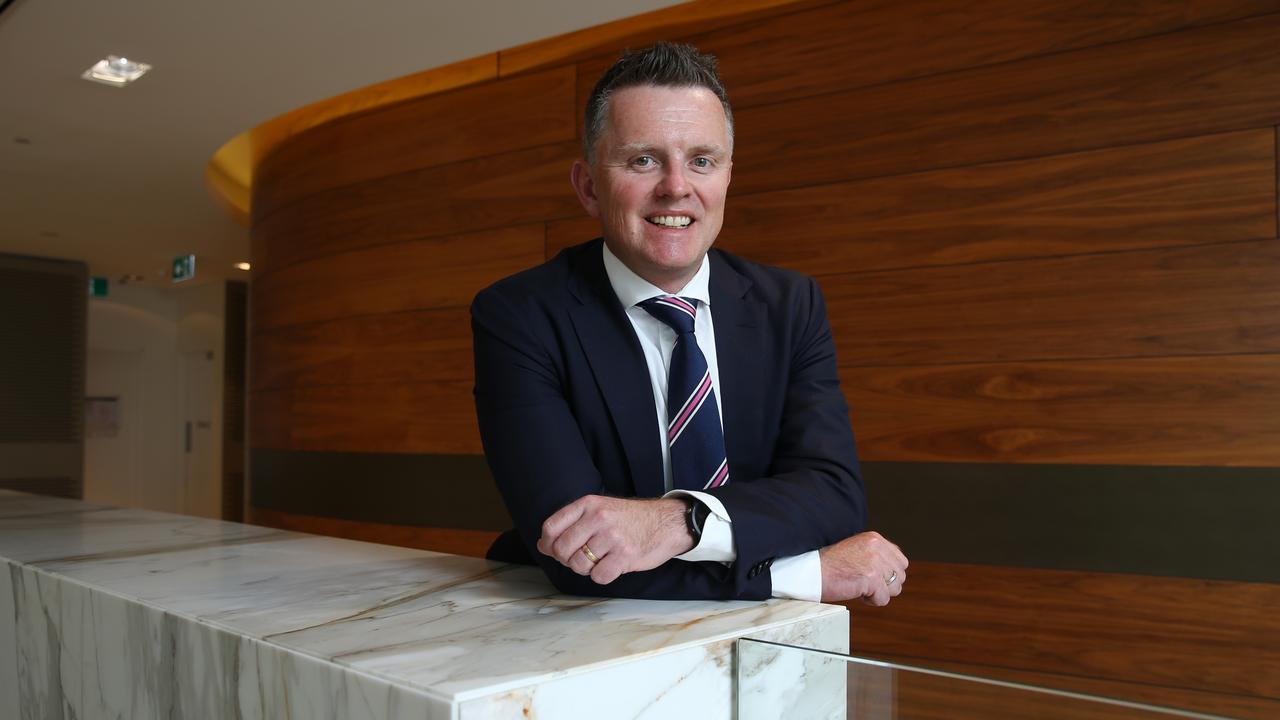
In response to the US crisis, the Australian cash rate futures market gave up on the additional rate hikes that were immediately priced in after the RBA’s shock rate increase on Tuesday.
Implied yields on interbank cash rate futures soared to price in about 32 basis points of additional rate hikes by the RBA in the second half of 2023 and first half of 2024 after Tuesday’s decision.
That had implied another 25 basis points lift in the cash rate from 3.85 to 4.1 per cent as well as some additional chance of further hikes given the surprisingly hawkish tweaks to the RBA’s inflation-targeting language. But by Thursday, rates traders went back to seeing 3.85 per cent as the peak.
The prospect of fewer rate hikes is not seen as a positive development, since it was caused by the US regional banking crisis which threatens to trigger commercial real estate stress and a credit crunch.
Morgan Stanley’s equity strategist said that over the past month, the “reinforcement of optionality across much of the central bank narrative globally” was driven in part by a desire to reassure investors that the current focus in inflation could remain steadfast. But after the RBA paused in April, equity investors largely discounted this hawkish message, and cash rate sensitive-sectors “inflected to the upside”.
“We felt that for equity markets, a scenario where a pause in rate hikes is followed by a recommencement of tightening would be the least favourable outcome in the ever-evolving search for a terminal rate,” said Morgan Stanley’s Australian equity strategists, led by Chris Nicol.

He said the RBA’s “fast pivot back to rate hikes” and the possibility of more, which could stress the economy, warrants staying underweight banks and housing and consumer-linked companies.
UBS equity strategist Richard Schellbach says investors are reluctant to “look through” to the other side of a slowdown in earnings growth amid persistent rate hikes. “Firm business conditions and a very strong labour market mean that we expect the RBA will maintain its hawkish inflation outlook in its next statement of monetary policy,” he said.
“Just as central bankers have been surprised by the resilience of the economy and consumers to repeated rate rises, so too have analysts and portfolio managers.
He expects the sharemarket to track sideways even as interest rates plateau.
Valuations of the most defensive stocks on the Australian sharemarket are now “back at Covid-19 era extremes”, but it “makes little sense” for investors to be paying large premiums for the likes of Woolworths and Telstra now that the pandemic is over, Mr Schellbach said.
He finds that Australian equity fund managers are on average currently holding a 3 per cent weighting in cash, down from the 4 per cent levels reached in early 2020 and mid-2022.
But while cash levels have been drawn down over the past six months as equity managers were enticed to deploy money into an equity market which had proved more robust than many expected, he argues that on the whole they’re unconvinced about buying at these levels.
He also notes a rise in stock correlations in recent months as equities are increasingly driven by macro forces. In his view, this suggests investors are “crowded together” and flags “an unfavourable near-term environment for active equity managers”.
A lack of conviction from equity investors is also shown through the extent to which gold has become the dominant macro driver of Australian equities returns over the past six months.
Mr Schellbach said shifting perceptions on where interest rates are headed had played a role, but it’s mostly a reflection of the “risk aversion and uncertainty playing through investors’ minds in a rate-hiking and credit cycle which equities have remained relatively detached from”.
More Coverage
Originally published as Caution on shares amid interest rates uncertainty


